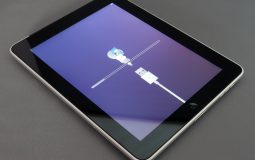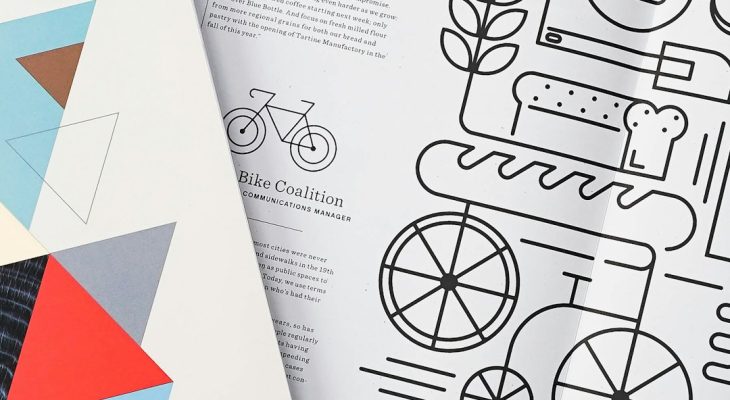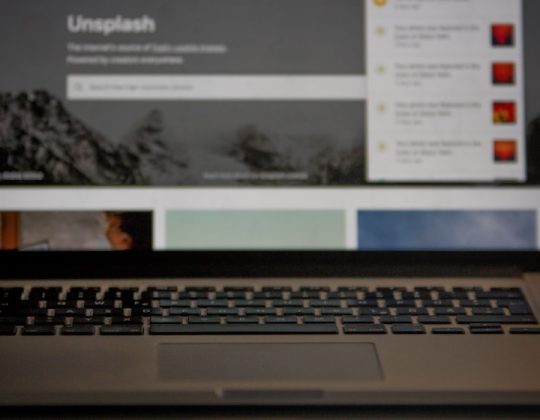In recent years, the landscape of graphic design has undergone a profound transformation. A major catalyst for this shift is the rapid evolution and adoption of generative artificial intelligence (AI). Once the domain of skilled designers meticulously working on concepts and refinements, graphic design is increasingly being interwoven with AI algorithms capable of producing content within seconds. This intersection is reshaping workflows, redefining creativity, and challenging traditional models of creativity and service delivery.
Generative AI refers to technology that can autonomously create new content — including images, typography, layouts, and even complete branding schemes. Tools such as DALL·E, Midjourney, and Adobe Firefly, powered by deep learning models, have empowered individuals and organizations to generate high-quality visuals without the need for extensive design training.
The Impact on Traditional Design Agencies
Graphic design agencies have traditionally thrived on crafting bespoke visual experiences, tailored to a brand’s unique identity. However, generative AI is rapidly minimizing the time and effort required to create such visuals.
- Lower Barriers to Entry: AI tools enable non-designers to produce quality graphics, democratizing access to design capabilities previously available only through agencies.
- Decreased Turnaround Time: One of AI’s most significant advantages is speed. A task that might take a human designer hours can now be completed in minutes or even seconds.
- Reduced Costs: Brands using AI require fewer resources for their creative needs, thereby reducing reliance on costly agency services.
This disruption is causing both concern and adaptation within the industry. Many agencies are reevaluating their business models and finding ways to incorporate AI into their workflow to remain competitive.
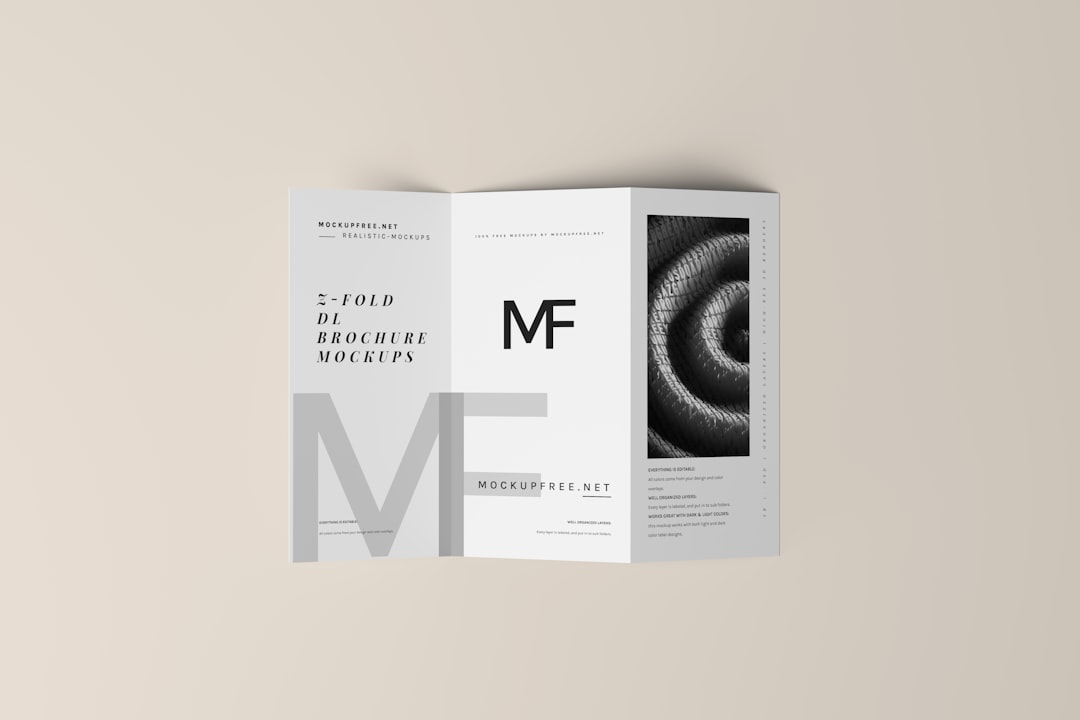
Redefining Creativity and the Role of Designers
One of the most debated issues surrounding generative AI is whether it can truly replace human creativity. While AI excels at pattern recognition and can generate art based on data and parameters, it lacks the human context, emotions, and experiences that often inspire great design. However, what it may lack in originality, it compensates with speed, consistency, and variation.
Designers are finding their role less about creation from scratch and more about curation, refinement, and strategy. In many situations, AI-generated visuals serve as a first draft or conceptual starting point. Designers can then build upon these foundations, applying human judgment and contextual knowledge to fine-tune the designs to fit a brand’s voice and audience.
Instead of rendering designers obsolete, generative AI is reshaping their roles into that of creative directors, visual editors, and brand narrators. They still play a critical function in ensuring coherence and quality, especially for high-stakes projects where authenticity and nuance are key.
AI Tools Currently Disrupting the Market
Graphic design agencies are encountering a surge of advanced tools that are leading the charge in automation and generative creativity. Some of the most notable include:
- Midjourney: An AI image-generator accessed through Discord. It quickly creates detailed illustrations based on textual prompts.
- DALL·E by OpenAI: Known for converting simple sentences into fantastical pictures, often used in concept development and mood boards.
- Canva’s Magic Design: A popular tool integrated with AI to generate design templates and visuals suitable for social media and marketing.
- Adobe Firefly: Designed specifically for professionals, allowing easy text-to-image generation and dynamic template editing.
These tools are not only more accessible but are also being integrated into larger platforms used for content marketing and e-commerce, presenting a challenge to the conventional agency workflow.
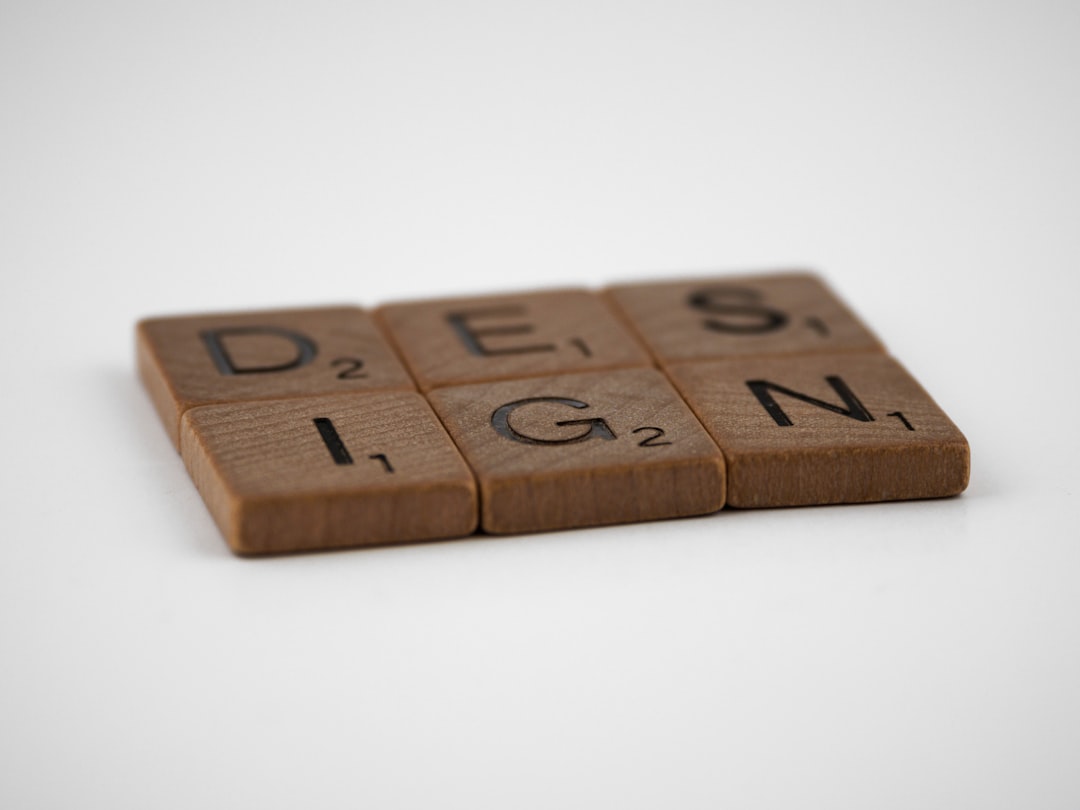
The New Business of Design
With the emergence of generative AI, the design business is shifting from service-based to asset-based. Agencies that once depended solely on human labor and billable hours are increasingly turning to productized services, design automation offers, and subscription models.
Some of the most prominent strategic shifts include:
- Template Libraries: Agencies are creating design templates that can be reused across client projects or sold as standalone assets, often enhanced by AI recommendations.
- Brand AI Integration: Offering AI as a part of digital brand management services, such as AI-powered brand kits, logo generators, and dynamic templates tailored to a client’s identity.
- Creative Consulting: As the hands-on design becomes automated, agencies are increasingly positioning themselves as brand consultants, guiding strategic visual identity across platforms.
This evolution is not without hurdles. Agencies need to invest in training, rethink pricing, and confront ethical concerns surrounding AI-generated content, such as originality and copyright.
Looking Forward: The Hybrid Future
Most experts agree that complete automation of creativity is neither feasible nor desirable. Instead, the future of graphic design lies in a hybrid model where AI and human creativity work in tandem. Agencies that embrace this dual approach are more likely to stay relevant and competitive in the years ahead.
In this hybrid model:
- Designers become AI collaborators, guiding the machine’s output toward strategic visual goals.
- Agencies refocus on storytelling, emotional intelligence, and user experience — areas where AI still underperforms.
- Speed and scalability made possible by AI complement the bespoke value of human-enhanced design work.
The AI revolution in graphic design is not just a technological trend — it is a philosophical one. It challenges agencies to redefine creativity, rethink their value proposition, and rewrite the rules of design commerce.
FAQs: Generative AI in Graphic Design
-
Q: Can generative AI completely replace graphic designers?
A: No, while AI can automate many tasks, it cannot replicate the emotional depth, strategic thinking, and cultural context that human designers bring. It is best used as a collaborative partner, not a replacement. -
Q: How can design agencies adapt to the rise of AI?
A: Agencies can focus on creative direction, integrate AI into their workflows, productize services, and emphasize storytelling and customer-focused design strategies. -
Q: Are there any ethical concerns with using AI in graphic design?
A: Yes, including the originality of AI-generated content, potential copyright violations, and the displacement of human jobs. Clear guidelines and responsible use are essential. -
Q: What industries benefit the most from AI-generated design?
A: Startups, e-commerce, content marketing, and small businesses benefit significantly due to cost-efficiency and rapid turnaround times AI offers. -
Q: Do clients prefer AI-generated designs over human-made ones?
A: It depends on the application. For routine marketing content, AI-generated visuals are often sufficient. For branding or emotionally resonant projects, clients still value the human touch.
